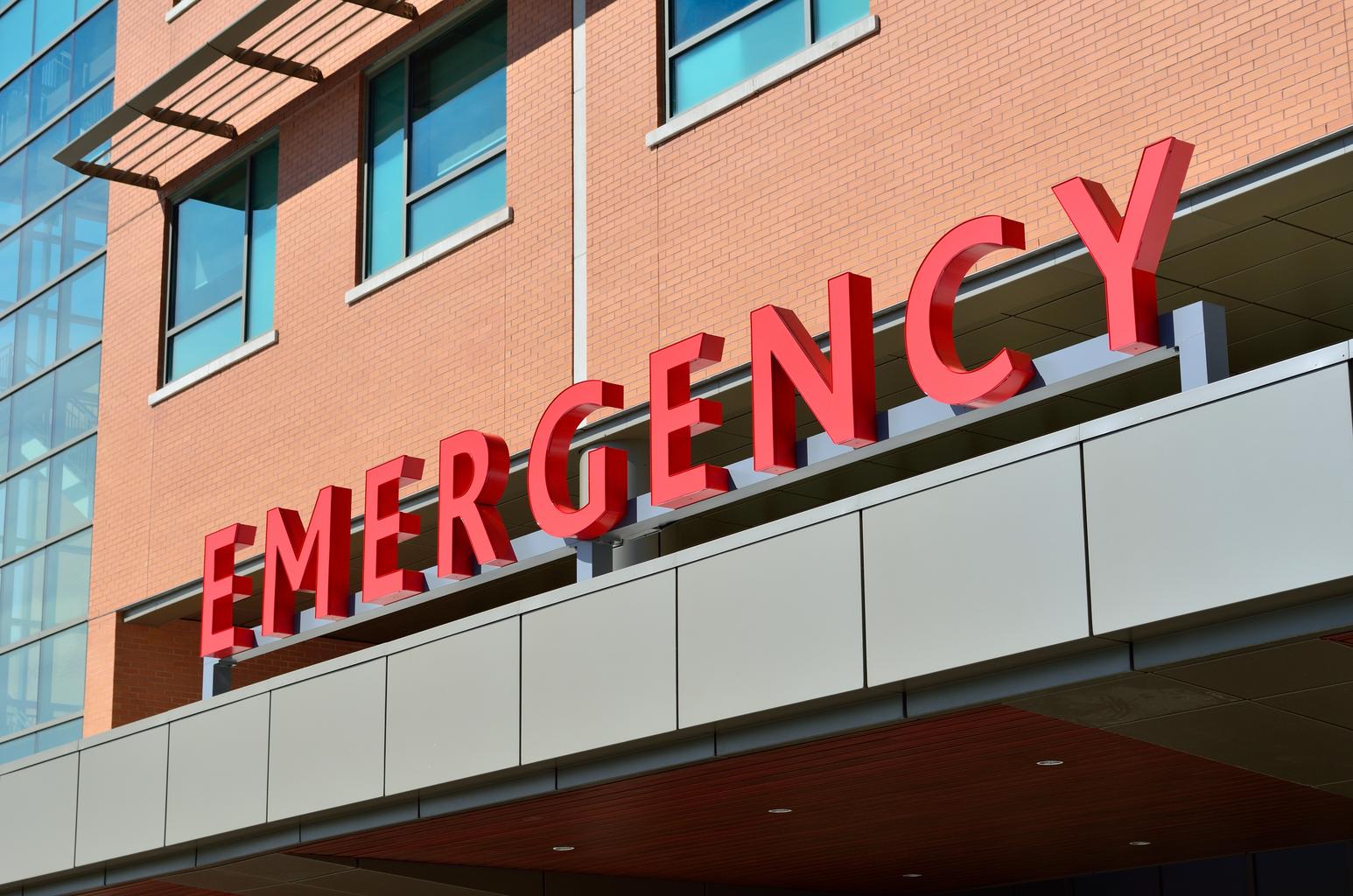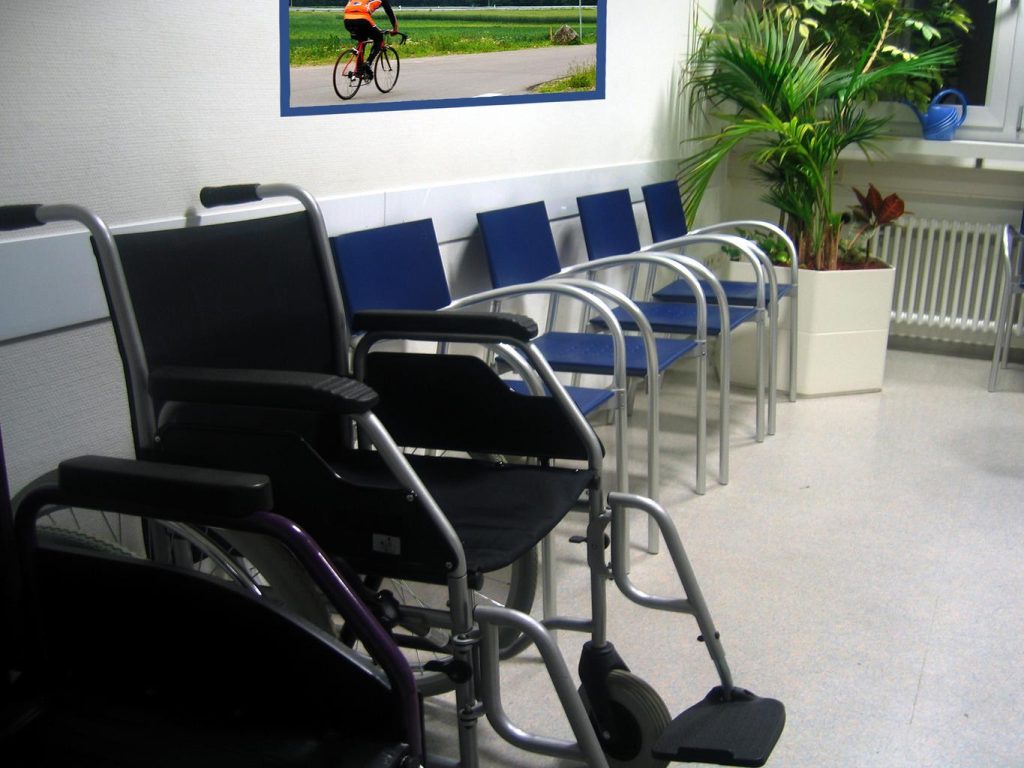Wait times are a critical aspect of the healthcare experience, often influencing a patient’s choice between visiting an urgent care center or an emergency room (ER). As individuals navigate the complexities of modern healthcare, understanding the nuances of these wait times becomes essential.
Understanding Wait Times in Healthcare Settings
In healthcare, wait times are a critical indicator of a facility’s operational efficiency and patient flow. For individuals seeking care, prolonged wait times can escalate stress, contribute to anxiety, and, in severe cases, detrimentally affect health outcomes. Grasping the elements that influence wait times is vital for setting realistic expectations and pinpointing opportunities for service enhancement.

The duration of wait times can fluctuate markedly across different healthcare environments. Urgent care centers, set up to address non-emergent conditions needing prompt attention—like minor wounds, infections, or flu-like symptoms—typically boast shorter wait times due to their streamlined care processes for less complex conditions.
Conversely, emergency rooms (ERs) are the front line for severe and potentially life-threatening issues, necessitating a sophisticated triage system to prioritize the most critical cases. This complexity can result in extended wait times, particularly during periods of high demand or when ERs face an influx of patients in dire need of immediate care.
Variations in wait times can also stem from operational elements such as staffing adequacy, the effectiveness of administrative procedures, resource availability, and patient volume at any given moment. Each factor plays a role in determining the speed with which patients are evaluated, diagnosed, and treated.
With a clear understanding of the dynamics at play, patients can make better-informed choices about where to seek treatment based on the urgency and seriousness of their condition. Likewise, healthcare providers can strategize aligning patient expectations with service delivery, elevating the overall patient experience and potentially enhancing clinical outcomes.
Factors Affecting Wait Times
Numerous variables intertwine to shape wait times in healthcare facilities, each adding to the complexity of patient flow management. The following are pivotal elements that shape the duration of wait times:
- Patient Volume: The influx of patients seeking care can significantly sway wait times. Surges in acute illnesses, often due to seasonal changes or health crises, can burden ERs and urgent care centers.
- Staffing: The ratio of healthcare providers to patients is a linchpin in wait time dynamics. Understaffed facilities may experience longer wait times, whereas a robust staff complement can enhance the flow of patient care.
- Severity of Cases: Cases with greater severity demand more resources and time, leading to a bottleneck situation. This is particularly noticeable in ERs, where critical cases are given priority.
- Operational Efficiency: The journey from check-in to discharge influences wait times. Facilities with efficient administrative workflows and patient tracking can often minimize unnecessary holdups.
- Resource Availability: Access to medical equipment, examination spaces, and diagnostic tools is crucial. A shortage of these resources can lead to a queue of patients awaiting essential tests or procedures.
- Time of Day and Week: Wait times lengthen during peak periods such as evenings and weekends, often coinciding with a surge in patient numbers and possible staff reductions.
- Insurance and Payment Processing: The time taken to verify insurance details and process payments can extend wait times, mainly when coverage issues or discrepancies occur.
- Electronic Health Records (EHR) Systems: Efficient EHR systems can expedite patient information retrieval, whereas cumbersome or incompatible systems can introduce delays.
- Community Health Trends: Local health patterns can sway the types of conditions that present at healthcare facilities, affecting case complexity and, consequently, wait times.
- Patient Acuity and Triage Systems: Upon arrival, patients are assessed and categorized based on the severity of their condition. Those with more urgent needs are prioritized, which may prolong the wait for others—a concept previously introduced.
- Coordination with Other Health Facilities: Sometimes, coordinating care with specialists or other hospitals is necessary, which can add to wait times if not managed efficiently.
These factors, whether individually or collectively, contribute to the length of wait times patients experience, emphasizing the need for thorough operational management within healthcare settings.
Typical Wait Times in Different Settings
Navigating the healthcare landscape requires an understanding of the expected wait times across various care settings:
- Emergency Rooms (ERs): In ERs, urgency dictates priority. Patients with critical conditions receive immediate care, while those with less severe issues may experience longer waits. On average, the initial encounter with a healthcare professional can take over 40 minutes, as reported by the CDC, with the entire visit spanning an average of nearly 2.5 hours.
- Urgent Care Centers: Catering to non-emergency situations still demanding swift attention, urgent care centers generally boast reduced wait times. Patients typically receive care within 15 to 45 minutes after arrival, with the entire process often concluding within an hour.
- Primary Care Physician (PCP) Offices: While the wait time for a scheduled appointment is usually under 20 minutes, securing a last-minute slot can be a hurdle, sometimes requiring days or weeks.
- Retail Clinics: Located in convenient locations like pharmacies, these clinics offer expedited service for a limited range of health issues, often mirroring the wait times of urgent care centers but with quicker visits due to their focused scope of care.
- Virtual Care Appointments: Telehealth has emerged as a time-saving alternative, offering immediate interaction with healthcare providers. This option is best reserved for conditions that can be assessed and managed remotely.
Each healthcare setting caters to specific needs and presents its wait-time dynamics. Patients should consider the urgency of their health concerns about these average wait times to make an informed decision about where to seek care.
Choosing the Right Care Based on Severity and Wait Times
The decision to visit an ER, an urgent care center, or another medical facility should hinge on the medical issue’s gravity. ERs are equipped for serious, life-threatening conditions such as heart attacks, severe breathing difficulties, profuse bleeding, or major injuries. Due to triage protocols, non-critical cases may face longer wait times in ERs.
Conversely, urgent care centers are better suited for conditions that are not life-endangering but still require prompt attention, such as minor bone breaks, sprains, moderate flu symptoms, and infections. These facilities often operate on a walk-in basis, and while various factors can influence wait times, they are generally shorter than those in ERs.
Primary care physicians are typically the most suitable choice for non-urgent health concerns that can wait for scheduled care, although securing a same-day appointment might not be feasible. Retail clinics are an alternative for less severe issues like mild fevers, simple rashes, or routine immunizations, offering convenience and efficiency.
In choosing the appropriate care setting, it’s crucial to balance the urgency of the health issue against the anticipated wait times at each facility. This careful consideration ensures that you receive the necessary medical attention promptly and helps maintain the healthcare system’s effectiveness by reserving emergency resources for those in dire need.
Understanding Triage and Its Impact on Wait Times
Triage is the cornerstone of patient management in healthcare facilities, pivotal in orchestrating the care flow based on urgency. When you arrive at the ER, a triage nurse conducts a swift yet thorough assessment, gauging your vital signs, presenting symptoms, and the overall gravity of your condition.
This systematic evaluation sorts patients into tiers:
- Immediate or Level 1: Conditions posing an immediate danger to life, demanding swift intervention.
- Emergent or Level 2: Serious, albeit not immediately life-threatening, ailments that necessitate prompt attention.
- Urgent or Level 3: Issues that should be addressed within a few hours to prevent escalation.
- Semi-Urgent or Level 4: Conditions requiring same-day medical evaluation, though slower.
- Non-Urgent or Level 5: Minor complaints that can be managed more leisurely.
For those seeking care in an ER, the wait can be unpredictable. A patient with a Level 5 concern will likely experience a longer delay than one facing a Level 2 emergency.
Conversely, urgent care centers streamline their focus to primarily handle levels 3 through 5, typically resulting in a more uniform and expedited service experience for patients.
Grasping the nuances of triage illuminates why wait times fluctuate so widely and empowers you to make informed decisions about where to seek treatment, aligning your healthcare choices with the urgency of your medical needs.
Minimizing Your Wait
Although the duration of your wait at a medical facility can be outside your control, there are several tactics you can adopt to expedite your care. Selecting the right facility is crucial, as we’ve discussed, but let’s delve into additional methods:
- Timing is Key: Aim for less crowded times, such as weekday mornings, to sidestep the peak hours that often fall on evenings and weekends.
- Inquire Ahead: A quick phone call might give you a wait time estimate for urgent but non-critical situations or even secure your place in line.
- Summarize Your Health Background: A brief, prepared summary of your medical history, including significant health events, allergies, and medications, can streamline the intake process.
- Seasonal Surge Awareness: Recognize times of the year, like flu season, when patient volume surges and waiting periods may naturally extend.
By taking these proactive measures, you can navigate the healthcare system more efficiently, potentially reducing wait times and accessing the care you need with greater speed.
Best Practices for a Timely Visit
To streamline your visit to an urgent care facility, it’s beneficial to integrate several key strategies alongside the insights on facility selection and wait time reduction previously discussed:
- Articulate Symptoms: Describe your symptoms to healthcare professionals to facilitate a quicker assessment of your condition.
- Document Preparation: Ensure that essential documents such as your insurance card, a valid photo ID, and pertinent health records are readily available to avoid registration holdups.
- Service Compatibility: Research the urgent care center’s offerings in advance to confirm they align with your medical needs, potentially averting a needless transfer to another provider.
- Medication Inventory: Present a detailed list of your medications, including dosages, to speed up the medical review and more efficiently inform your care plan.
- Preparation for Special Procedures: If your visit might include diagnostic tests or lab work, familiarize yourself with any pre-visit instructions to minimize delays when you arrive.
- Engage with Staff: Keep communication with the healthcare team open and assertive, significantly if your wait extends beyond the expected timeframe, as this can sometimes hasten your service.
Adhering to these practices can contribute to a more efficient visit, potentially reducing waiting time and improving your overall experience at an urgent care center.
Balancing Patient Satisfaction and Healthcare Excellence
Wait times in healthcare environments can vary, often influenced by the day’s caseload or staffing levels. It’s important to recognize that healthcare teams, like anyone else, may face illness or other unforeseen circumstances that affect wait times.
While minimizing delays is ideal, certain situations may lead to longer waits. This could be due to a surge in patient numbers, staffing challenges, or complex cases requiring more time and attention. Our healthcare professionals strive to balance these factors with the need to provide timely and effective care.
Wait Times: Urgent Care vs. ER Facts
1. What factors influence the difference in wait time between an urgent care clinic and an emergency room?
Several different factors contribute to these differences in wait times. Urgent care clinics generally handle non-life-threatening issues, freeing up their staff to address patient needs more quickly. In contrast, emergency rooms must prioritize patients with life-threatening illnesses or injuries, potentially lengthening wait times for others.
2. How long is the typical wait time for an urgent care clinic?
According to the Urgent Care Association, the average wait time to see a healthcare provider in an urgent care clinic is under 30 minutes.
3. What is the usual wait time in an emergency room?
Emergency room wait times vary considerably based on hospital size and location. However, studies indicate the average US emergency room wait time is approximately 40 minutes, which can be considerably longer in busy urban hospitals.
4. Why should patients consider wait times when deciding between urgent care and an ER visit?
Patients should consider wait times because a shorter wait could mean quicker relief from discomfort or distress. However, individuals must also consider the severity of their condition—more severe symptoms typically necessitate an emergency room visit despite a potentially lengthier wait.
5. Can the severity of a patient’s condition affect wait times in emergency rooms?
Yes, emergency rooms use triage to prioritize patients based on the severity of their conditions. Therefore, individuals with life-threatening conditions will generally be seen before those with less severe problems, which can impact overall wait times.
6. Do all urgent care centers have shorter wait times than emergency rooms?
While urgent care centers generally have shorter wait times than emergency rooms, this can vary based on factors like the specific location, time of day, or number of patients. However, focusing on non-life-threatening conditions in urgent care settings usually results in quicker service.


